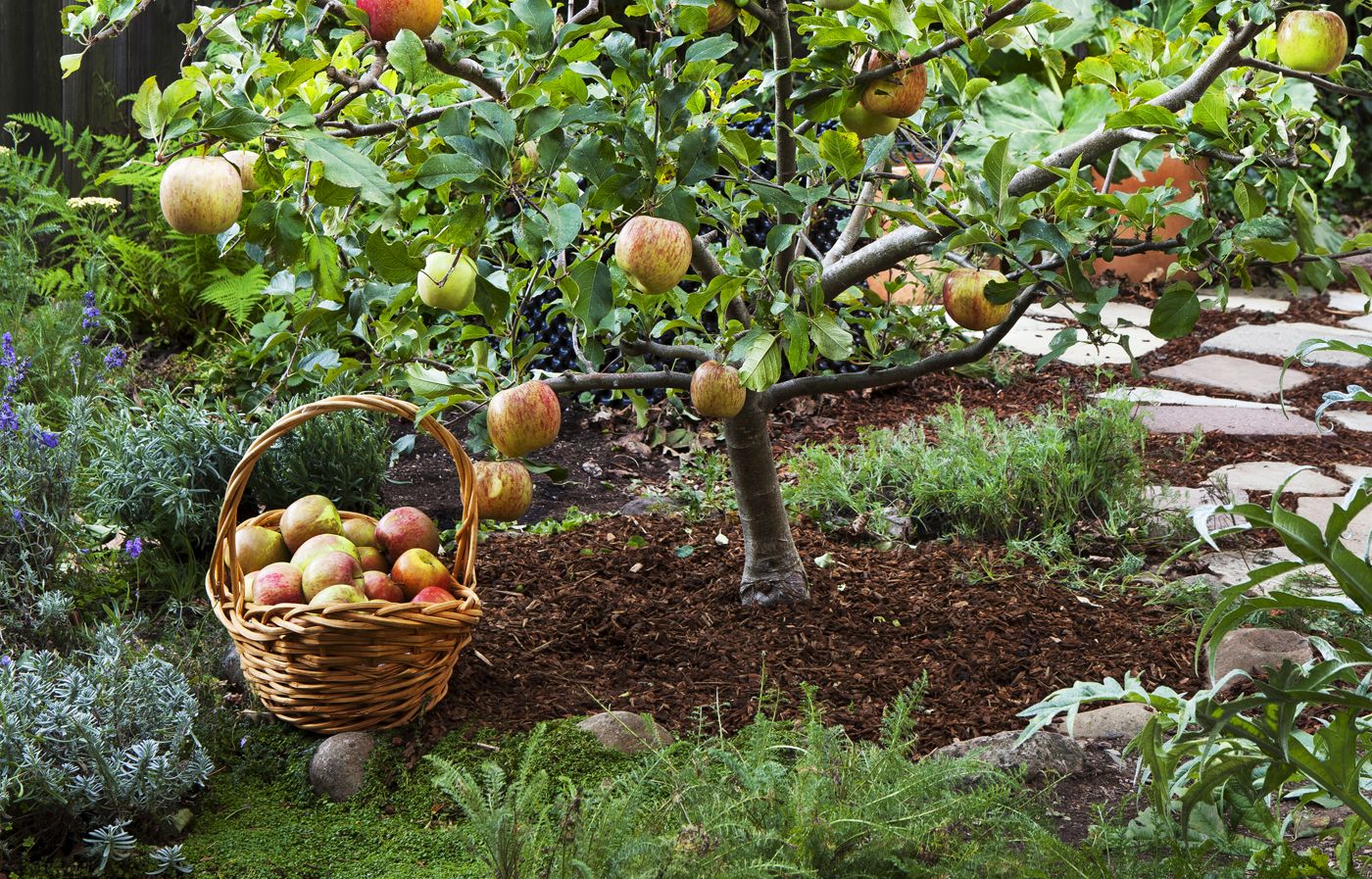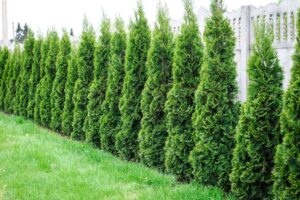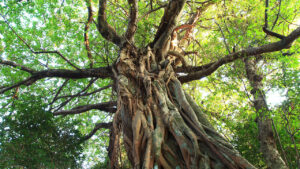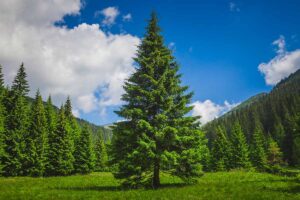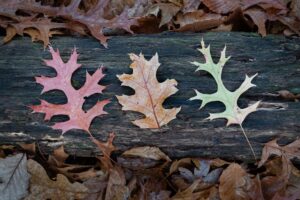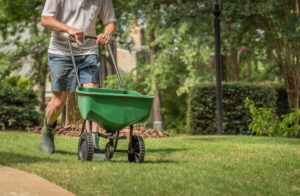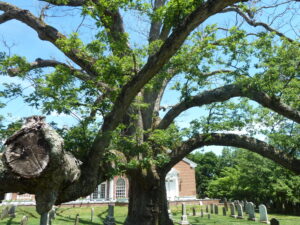Tips for Growing Fruit Trees in Small Spaces: Your Complete Guide
Are you dreaming of harvesting fresh fruit from your own trees but worried about your limited space? Whether you have a small backyard, patio, or even just a sunny balcony, you can still enjoy growing and harvesting your own fruits. With strategic planning and the right techniques, even the smallest spaces can become productive mini-orchards.
In this comprehensive guide, we’ll explore practical tips, space-saving varieties, and creative solutions that make fruit tree cultivation possible regardless of your spatial constraints.
Why Grow Fruit Trees in Small Spaces?
Before diving into the how-to, let’s consider the compelling reasons to grow fruit trees in your limited space:
- Fresh, Organic Produce: Enjoy chemical-free fruits picked at peak ripeness
- Cost Savings: Reduce your grocery bill with homegrown harvests
- Environmental Benefits: Decrease your carbon footprint by growing food locally
- Aesthetic Value: Enhance your living space with beautiful flowering trees
- Educational Opportunity: Learn about horticulture and food production
- Mental Health Benefits: Gardening has proven stress-reduction effects
According to the USDA’s Urban Agriculture Toolkit, urban food production can “improve access to healthy food, provide opportunities for education about nutrition and agriculture, and strengthen community ties.” You can explore more resources on urban agriculture at the USDA’s Urban Agriculture website.
Choosing the Right Trees for Small Spaces
The foundation of successful small-space fruit growing begins with selecting appropriate varieties. Not all fruit trees are created equal when it comes to compact growing.

Dwarf and Semi-Dwarf Varieties
Dwarf fruit trees typically grow 8-10 feet tall, while semi-dwarf varieties reach 12-15 feet. These smaller versions produce standard-sized fruits but require significantly less space than their full-sized counterparts.
Popular dwarf fruit tree options include:
- Apples: ‘Cameron Select’ Honeycrisp, ‘Crimson Gold’, ‘Urban Apples’
- Pears: ‘Bartlett’, ‘D’Anjou’, ‘Seckel’
- Peaches: ‘Bonanza’, ‘Garden Gold’, ‘El Dorado’
- Cherries: ‘Stella’, ‘North Star’, ‘Romeo & Juliet’
- Plums: ‘Burbank’, ‘Methley’, ‘Santa Rosa’
Columnar Fruit Trees
For extremely limited spaces, columnar (or pillar) fruit trees grow vertically with minimal lateral branching. These space-saving marvels can produce fruit in as little as 2 square feet of ground space!
Multi-Grafted Trees
These horticultural wonders feature multiple varieties grafted onto a single rootstock. With one multi-grafted tree, you can harvest several different fruit types while occupying the space of just one tree.
Self-Pollinating vs. Cross-Pollinating Trees
When space is at a premium, self-pollinating varieties eliminate the need for multiple trees to ensure fruit production. Here’s a quick reference table of popular fruit trees and their pollination requirements:
| Fruit Type | Self-Pollinating Varieties | Requires Cross-Pollination |
|---|---|---|
| Apple | ‘Golden Delicious’, ‘Braeburn’ | Most varieties |
| Cherry | ‘Stella’, ‘Lapins’, ‘Black Gold’ | Most sweet cherries |
| Peach | Most varieties | Few exceptions |
| Pear | ‘Kieffer’, ‘Bartlett’ | Most varieties |
| Plum | ‘Santa Rosa’, ‘Methley’ | Most European types |
| Citrus | All varieties | None |
| Fig | All varieties | None |
| Apricot | Most varieties | Few exceptions |
| Nectarine | Most varieties | Few exceptions |
Container Growing Techniques
One of the most versatile approaches to small-space fruit tree cultivation is container growing. This method allows you to place trees on patios, balconies, or even move them to optimize sun exposure.
Selecting the Right Container
The container you choose significantly impacts your tree’s health and productivity:
- Size: Start with a 15-20 gallon container for most dwarf fruit trees
- Material: Consider weight, insulation properties, and aesthetics
- Plastic: Lightweight, affordable, retains moisture
- Terracotta: Beautiful but heavy and prone to drying out
- Fabric pots: Excellent drainage and root health
- Wooden half-barrels: Attractive and insulating
- Drainage: Ensure adequate drainage holes to prevent root rot
Soil Mix for Container Fruit Trees
Container-grown fruit trees need a different soil mix than those planted in the ground:
- 50% high-quality potting soil
- 25% compost for nutrients and water retention
- 25% perlite, vermiculite, or coarse sand for drainage
- Optional: Add a slow-release fruit tree fertilizer during planting
Watering Considerations for Potted Trees
Container-grown trees require more frequent watering than those in the ground. Some essential watering tips:
- Check moisture levels daily during growing season
- Water deeply until liquid flows from drainage holes
- Consider drip irrigation systems for consistent moisture
- Apply mulch to reduce evaporation
Winter Protection for Container Trees
Potted trees are more vulnerable to freezing temperatures since their roots aren’t insulated by the ground. In USDA zones 7 and below:
- Move containers to a protected area (unheated garage or against a building)
- Wrap containers with bubble wrap or burlap for insulation
- Group containers together to create a microclimate
- Consider burying pots in mulch, straw, or soil during the coldest months
Espalier: The Ancient Art of 2D Fruit Trees
Espalier is a centuries-old technique of training trees to grow flat against a wall or fence, creating living sculptures that save tremendous space while producing abundant fruit.
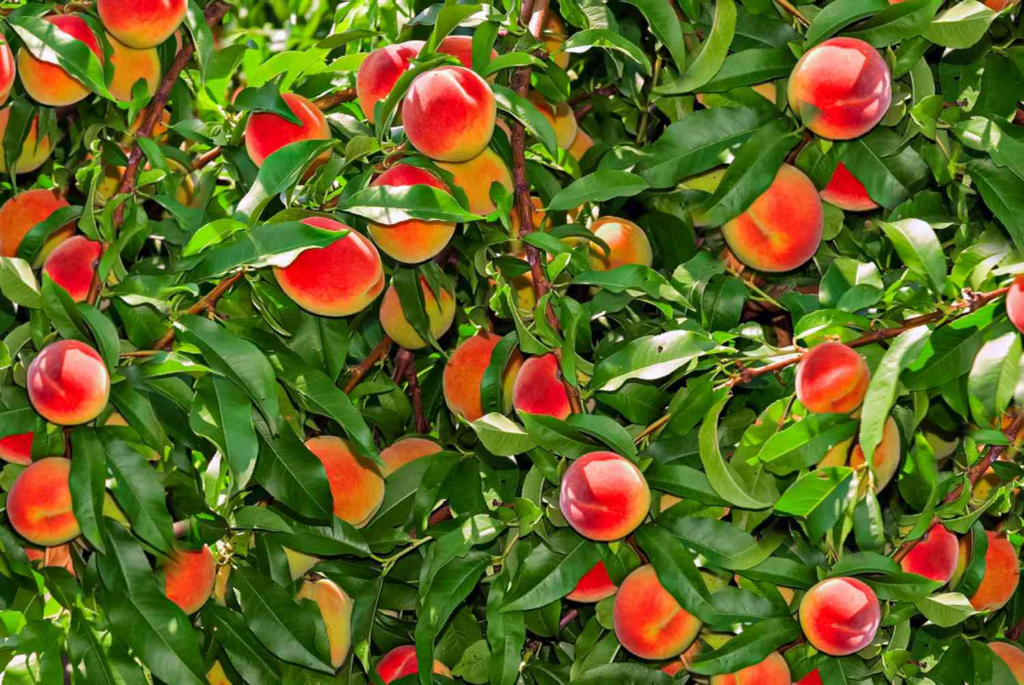
Basic Espalier Patterns
Several classic patterns can be achieved through careful pruning and training:
- Horizontal Cordon: The simplest form with one central trunk and horizontal branches
- Candelabra: A formal design with a central trunk and upward-growing branches
- Fan: Branches radiate from a low trunk point, ideal for stone fruits
- Belgian Fence: Intersecting diagonal branches creating a living lattice
Getting Started with Espalier
While espalier is an advanced technique, beginners can succeed with these steps:
- Choose young, bare-root trees (1-2 years old)
- Install a sturdy support system (wires, trellis, or bamboo)
- Plant 8-12 inches away from the supporting structure
- Select 3-5 primary branches and remove others
- Tie branches to supports using garden twine or plant ties
- Prune regularly to maintain the desired shape
Fruit Trees Well-Suited for Espalier
While most fruit trees can be espaliered, these varieties tend to be most successful:
- Apples and pears (particularly well-adapted)
- Peaches and nectarines (fan patterns work best)
- Cherries (sweet varieties on dwarfing rootstock)
- Plums (European varieties recommended)
Innovative Space-Saving Growing Methods
Beyond containers and espalier, several creative approaches can help you maximize production in minimal space.
Vertical Growing Systems
Vertical gardening takes advantage of height rather than floor space:
- Trellised trees: Train vining fruit varieties like kiwi or passionfruit
- Step or pyramid arrangements: Place containers at different heights
- Wall-mounted planters: Specially designed for small fruits and berries
High-Density Planting
Some commercial orchards now plant dwarf trees much closer together than traditionally recommended, and home growers can adopt similar approaches:
- Plant dwarf apple trees 2-3 feet apart in hedge-like rows
- Create mini-orchards with trees spaced 4-6 feet apart
- Use intensive pruning techniques to control size and shape
Fruit Tree Guilds
Based on permaculture principles, fruit tree guilds combine complementary plants that support each other:
- Plant nitrogen-fixing companions like clover or beans around your fruit trees
- Include herbs that repel pests or attract beneficial insects
- Add shallow-rooted ground covers that don’t compete for nutrients
Maintenance Tips for Small-Space Fruit Trees
Proper maintenance is critical for productive fruit trees in limited spaces.
Pruning for Size Control and Production
Regular pruning helps maintain manageable size while encouraging fruit production:
- Prune during dormancy (late winter is ideal for most species)
- Remove inward-growing branches to maintain good air circulation
- Thin fruit to improve size and quality
- Practice summer pruning to control vigorous growth
Fertilizing in Restricted Spaces
Fruit trees in containers or small spaces can quickly deplete available nutrients:
- Apply balanced organic fertilizer in early spring
- Follow with fruit-specific fertilizer when blossoms appear
- Consider foliar feeding with seaweed extract during growing season
- Avoid over-fertilizing, which can lead to excessive vegetative growth
Pest and Disease Management
Limited space can make trees more vulnerable to pests and diseases:
- Inspect regularly for signs of problems
- Encourage beneficial insects with companion planting
- Consider organic solutions like neem oil or insecticidal soap
- Remove fallen fruit and leaves to reduce disease pressure
Regional Considerations for Small-Space Fruit Growing in the US
Different U.S. regions present unique challenges and opportunities for small-space fruit growers.
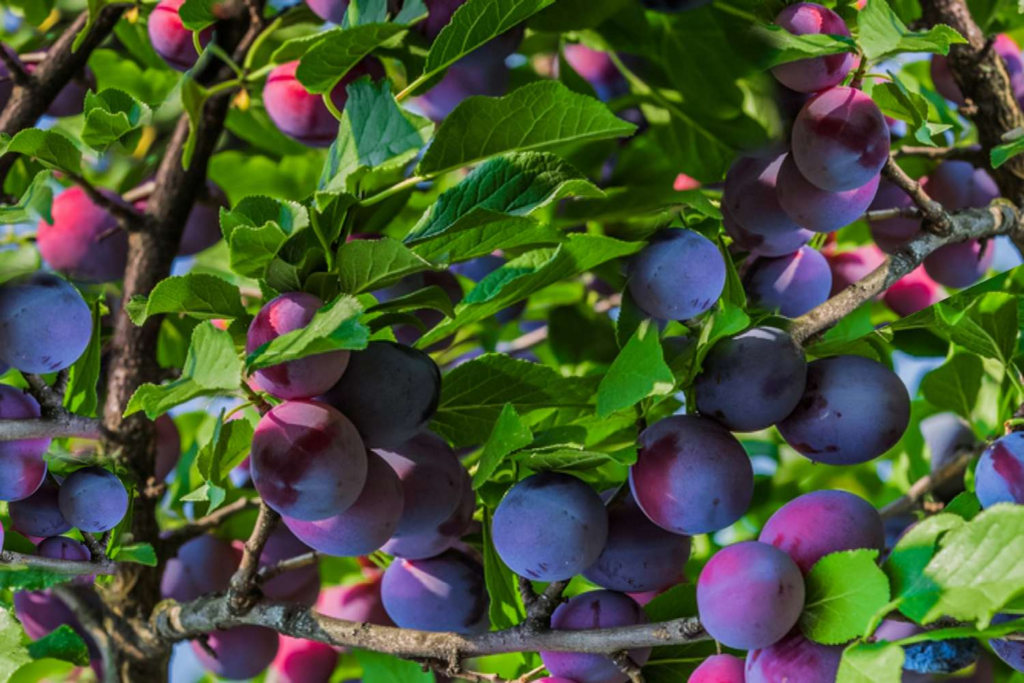
Cold-Climate Considerations (USDA Zones 3-5)
Northern growers should focus on cold-hardy varieties:
- Choose late-blooming varieties to avoid spring frost damage
- Consider cold-resistant apples, pears, and sour cherries
- Provide extra winter protection for container-grown trees
- Take advantage of south-facing walls for heat reflection
Hot-Climate Adaptations (USDA Zones 8-10)
Southern growers face different challenges:
- Select low-chill varieties that don’t require extended cold periods
- Consider citrus, figs, pomegranates, and persimmons
- Provide afternoon shade during intense summer heat
- Monitor water needs closely during hot periods
Coastal and High-Humidity Areas
Coastal growers should be especially vigilant about:
- Selecting disease-resistant varieties suited to humid conditions
- Ensuring good air circulation to prevent fungal issues
- Considering salt tolerance for seaside locations
- Protecting against strong winds with strategic placement
Economic Benefits for the US Consumer
Growing your own fruit, even in small spaces, can provide significant economic advantages in today’s US market.
With retail prices for organic specialty fruits ranging from $3-8 per pound, a single dwarf fruit tree producing 15-20 pounds annually can save $45-160 on grocery bills each year. Multiply that by several trees, and the savings become substantial over time.
Additionally, home-grown specialty varieties like heirloom apples or unique stone fruits can be difficult to find in commercial markets at any price, making your small-space orchard not just economical but a source of culinary treasures.
Conclusion
Don’t let limited space discourage you from experiencing the joy and satisfaction of growing your own fruit trees. By selecting appropriate varieties, utilizing container growing, employing space-saving techniques like espalier, and following proper maintenance practices, you can create a productive mini-orchard in even the smallest urban setting.
Start small with one or two well-chosen trees, experiment with different methods, and gradually expand your fruit-growing adventure as you gain confidence and experience. Remember that even a single dwarf apple or fig tree can provide years of enjoyment and fresh, homegrown fruit that connects you to the timeless tradition of cultivation.
With creativity, patience, and these space-saving techniques, your small-space fruit tree journey can bear abundant and delicious rewards. Happy growing!
